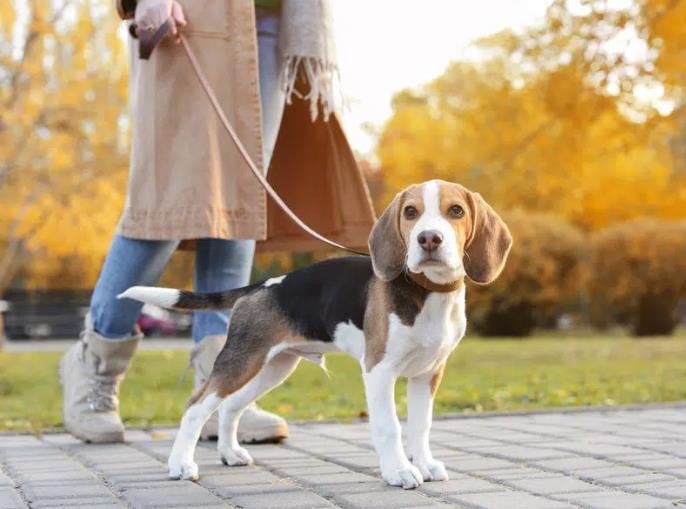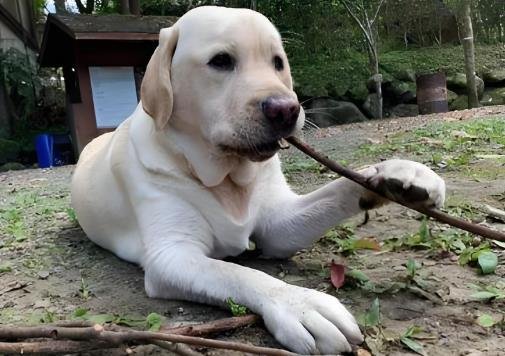Leash training your puppy is an essential step in their development and ensures that both you and your pup can enjoy walks safely and comfortably. Here’s a step-by-step guide to help you through the process:

- Choose the Right Gear: Select a comfortable harness and leash that are appropriate for your puppy’s size. A harness that fits well will distribute pressure evenly across your puppy’s body, reducing the risk of injury.
- Introduce the Harness: Let your puppy become familiar with the harness before you attempt to put it on them. Place the harness on the floor and let your puppy investigate it, encouraging them to walk through it to get used to the feeling.
- Fit the Harness Properly: Follow the manufacturer’s instructions to ensure the harness is properly fitted. It should not be too tight or too loose. You should be able to fit two fingers between the harness and your puppy’s skin.
- Attach the Leash: Once your puppy is comfortable with the harness, attach the leash. Start by attaching the leash to the harness while your puppy is in a sitting position, and praise them for staying still.
- Start Indoors: Begin your leash training inside where there are fewer distractions. Allow your puppy to explore the area while dragging the leash behind them. This will help them get used to the sensation of the leash without feeling restricted.
- Use Positive Reinforcement: Reward your puppy with treats or praise when they respond to the leash in a positive way, such as walking calmly beside you. This will encourage them to repeat the desired behavior.

- Gradually Increase Distractions: As your puppy becomes more comfortable with the leash indoors, start introducing them to different environments with more potential distractions, such as the yard or a quiet park.
- Teach ‘Sit’ and ‘Stay’ Commands: While leash training, teach your puppy basic commands like ‘sit’ and ‘stay’. These commands will help control your puppy’s movement and make it easier to manage them on walks.
- Practice Regularly: Consistency is key. Practice leash training sessions several times a day, keeping them short and fun to maintain your puppy’s interest and motivation.
- Be Patient and Consistent: Some puppies may take longer than others to adjust to wearing a harness and being on a leash. Be patient and persistent, using positive reinforcement to encourage your puppy’s progress.
Remember that each dog is unique, and what works for one may not work for another. Adapt your approach based on your puppy’s temperament and learning style. If you encounter any difficulties or if your puppy shows signs of fear or aggression, consider seeking advice from a professional dog trainer.









